October 2024 Collision corner
George Arrants, vice president of the ASE Education Foundation, doesn’t think the collision industry’s technician shortage is based on a lack of interest in the trades by young people nor too few students entering into collision repair training. “The number of students in a program this year is higher than ever before,” Arrants said at this summer’s Collision Industry Conference (CIC). “We see that most of our programs are at capacity or higher. But then for some reason, once we get them in the programs, we think our job is done.” The problem, he said, is the follow-through, during their time in the program and into their first job in the industry. Arrants estimates that 1 in 5 graduates of automotive training programs never enter the industry, and about an equal number leave the industry within two years. (I-CAR research has produced even more stark findings: Only 15% of students who enter the industry stay for more than 18 months.)
For a shop looking to avoid some of the downsides of insurance claims, increasing customer pay work may offer some benefits: more choice of parts, no wait times for supplement approvals, and less push-back on not-included and OEM repair procedures. Mike Anderson of Collision Advice said he’s been tracking customer-pay work among his shop clients, and said it currently accounts for about 19% of repair order (RO) count, on average, and about 10% of gross sales. He said he’s told those shops to stop making the first question they ask when a potential customer calls or comes to the shop is whether they will be going through insurance, and if so, what carrier. “That almost pushes them into using their insurance,” Anderson said. “Instead, try to see if the customer has an interest in paying out-of-pocket and not going through insurance.” One potential argument
for a customer to pay for the work themselves: How much their insurance premiums are likely to rise after a claim. A number of sources estimate what a claim does on average to a policyholder’s premiums. One, for example, cites an average jump of $872 in premiums after an at-fault accident. It lists the average percentage increase based on insurer: 43% for Allstate, 50% for Farmers, 54% for Progressive and 61% for Geico, for example. The average household expenditure for auto insurance was more than $1,127 in 2002, according to the National Association of Insurance Commissioners – and that was prior to many of the recent significant rate hikes went into effect. Increase that by $563 (50%) a year for each of the five years after a claim, and suddenly a customer might have a lot more interest in paying for a $2,800 repair out of pocket, even if their deductible is only $1,000. The argument is even stronger for a family currently paying $2,000 or more a year for insurance, looking at a $5,000 increase in premiums over five years.
Quality Collision Group (QPC) has expanded in Washington by acquiring Trew Auto Body with two locations in Bremerton and Olympia. Trew Auto Body has nine OEM certifications, including Audi; BMW; Chrysler; Dodge; Hyundai; Jeep; Mercedes-Benz; Nissan; and Volkswagen. It has also held I-CAR Gold Class status since 2010. Owner Tammy Trew has always considered the auto body business a family affair. Her parents, Jerry and Sheri, founded Trew Auto Body in 1984 with a shared passion for cars, passing the torch to their daughter. Since taking over her family’s business, Tammy has continued her mother’s and late father’s legacy by opening a second location in Olympia.




